Farming is shifting from rural to urban as innovations in technology is allowing food production to become far more efficient. Savings in transportation and storage means higher profits, and environmental benefits lie not just with the local veggies, but greenhouses allow growers to use less energy, water, and soil, and in some cases they are able to harness excess heat, waste and C02 created by cities to power the farms. Investment in AgTech is also on the upswing and venture capitalists are looking closely at the potential of urban farms.
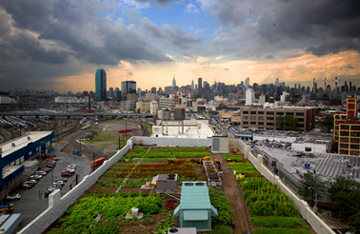
Brooklyn Grange urban rooftop farm cultivates a 1 acre rooftop in Queens with a 10 year lease from Acumen Capital Partners , and 2.5 acre rooftop in the Brooklyn Navy Yard with a 20 year lease with the Brooklyn Navy Yard. These farms supply vegetables to restaurants, farmer’s markets and have 40 CSA members. They grow with organic methods, using soil developed for green roofs that is lightweight with porous stones that slowly break down to add nutrients to the soil. The farm was financed through a combination of private equity, loans, grassroots fundraising events and crowdfunding platforms like Kickstarter.com. They broke even their first year and showed 40% growth their second year.
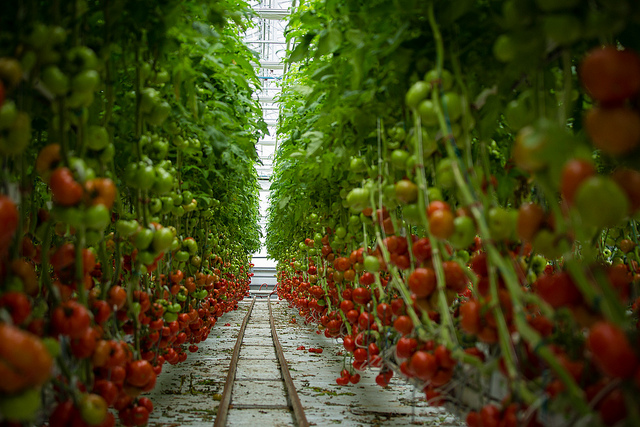
In 2011 Lufa Farms started out with a 43,000 square foot rooftop hydroponic greenhouse in Montreal. Now they grow over fortyvarieties of vegetables, including 20 different types of heirloom tomatoes. These are used to fill custom orders, and baskets of produce are delivered to pick-up points around the city-approximately 2,500 per week. They expanded to a second operation in Laval, and there are talks about an operation in Boston. In 2012 they completed a $4.5m financing led by Cycle Capital Management, with participation from Andrew Ferrier and the Kubo Greenhouse Project of the Netherlands.
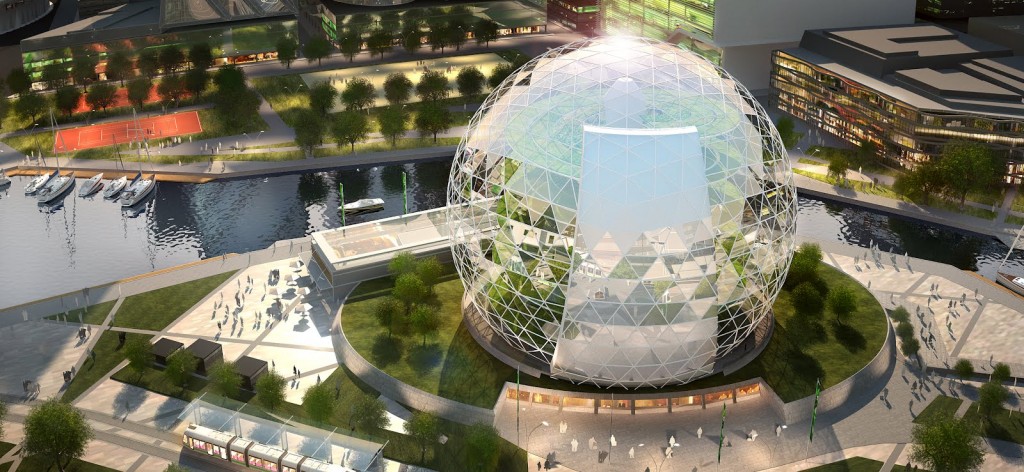
Plantagon broke ground in Stockholm, Sweden in 2012. The spherical design of the greenhouse maximizes available light. These are predicted to be produce 3 times more crops than traditional methods. They believe that profitability lies in the fact there will be no middle men, storage or transportation costs.
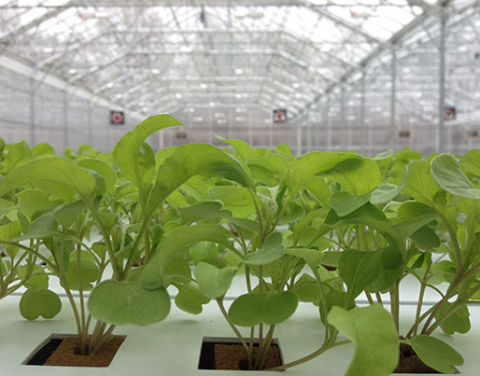
BrightFarms greenhouses are built on top, or near their partnering supermarkets. This eliminates time, distance and cost from the produce supply chain.

AeroFarms devised technology to plant leafy greens in a cloth bed and irrigate with a nutrient-infused mist. LED lamps provide light and can be set to emit wavelengths that work as pest control. Using modules, produce can be can be grown year round in old or vacant urban buildings.
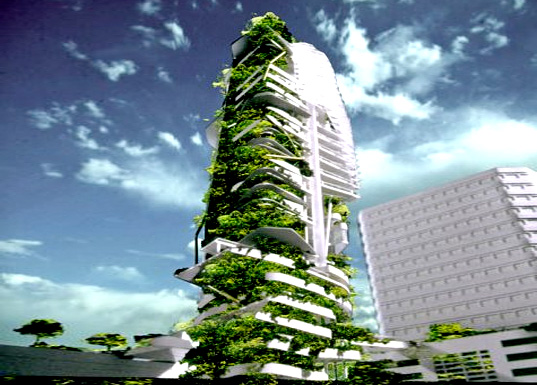
EDITT Tower “Ecological Design In The Tropics” is still pending construction in Singapore. This 26 floor tower will not only grow food, but convert rain into a grey water system, convert sewage into biogass and have photovoltaic panels. The project is sponsored by the National University of Singapore.